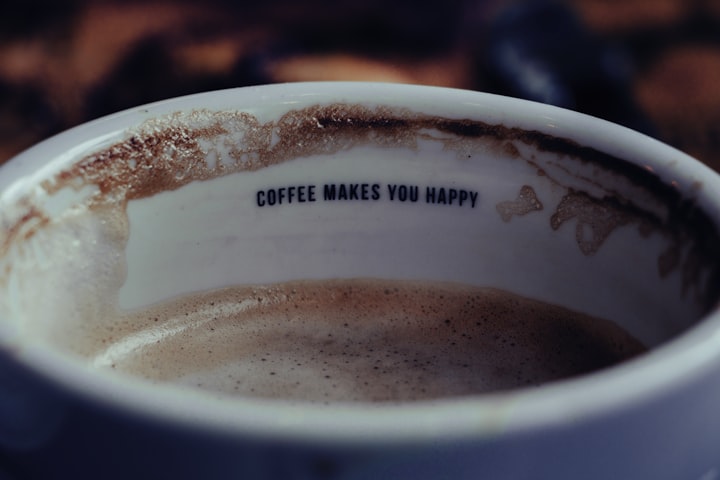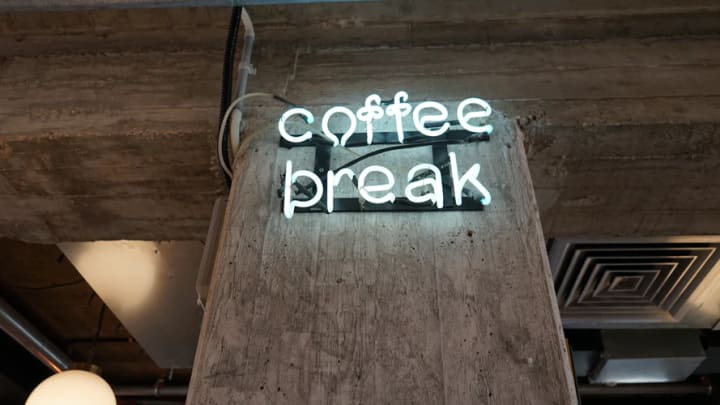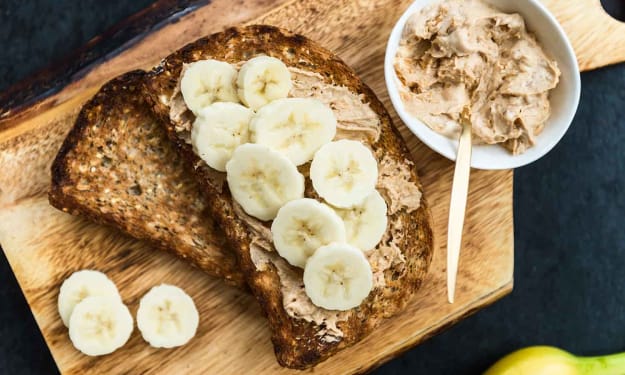What is Fika? A simple guide to this Swedish coffee ritual
It sounds like Pikachu swearing, but it's actually all about mindful coffee breaks.

The best solutions will be found through loving thoughts and perhaps a good cup of coffee. - Jen Vondenbrink
Sometimes even the finest translators come up against words that defy translation. While we try our best, some translations can never quite match the significance and sentiment captured by a foreign culture. For instance, Google translate will tell you quite succinctly that fika is the Swedish translation of ‘have coffee’, but in truth this little four-letter word describes a ritual, an experience, an attitude and a state-of-mind that above all cherishes human connection.
Fika can happen anywhere or anytime, whether it be morning or night, at home, at work or in a café. It can be with co-workers, family, friends, or someone you are trying to get to know, and it’s something the Swedes believe should occur frequently throughout the day. While yes, having coffee is a big part of it, (usually along with some type of sweet pastry or baked goodie as well), fika is more about socialising and connecting with people than simply just drinking coffee together. It’s a great way to exchange knowledge, opinions about what’s going on in current affairs, or within the company where you work, and generally bond with people.
Most importantly fika is about slowing down. Ducking in and out of a coffee shop and scarfing down a latte at your desk does not count. In Sweden a coffee-break is something to look forward to, a moment where everything else stops and you savour the moment. It refreshes the brain and strengthens relationships. And it makes good business sense too; there are many research-backed health, wellness and performance benefits of taking breaks.
The benefits of fika
Increased productivity: While taking breaks might sound like the last thing you should be doing when you have an extensive ‘To Do’ list in front of you, you will actually gain focus and energy after stepping away from your desks.
Improved wellbeing: Everyone needs time to recharge. Stress and loneliness can have detrimental effects on your mental and physical wellbeing, which can be averted by taking some time to connect with another person, or even just a quiet contemplative moment by yourself.
Creativity boost: Taking a break can give you a fresh perspective on challenging projects. Not only does it remove you from the task and give your mind an opportunity to incubate on a problem, sharing time with others offers new perspectives and opinions that you may not have thought of on your own.
Greater Connections: There are countless scientific studies that all conclude that cohesiveness between co-workers can contribute to increased productivity thanks to the positive atmosphere created when everyone feels heard and valued.

So, what does your coffee break usually look like? Is it a large to-go cup with your name misspelled on the side from a nearby coffee shop? Or sipping from a thermos mug of instant coffee from home as you navigate the morning traffic? Is it an office pod-machine brew consumed at your desk as you numbly scroll social media and emails? Do you even have a coffee break ... and why does it matter, anyway?
Well it matters because many of us are becoming too consumed by our fast-paced and highly digitised lives – and in doing so we miss out on some of the distinct pleasures and human connections that make this life worth living.
So let’s take a page from the Swedes and the fine art of fika, the “slow” coffee break. Here’s a step by step guide to having your own fika break.
#1. Start with the company
While fika can be carried out alone, it’s also a great opportunity to connect with the people around you. Whether it’s someone you want to reconnect with or get to know for the first time, the informality of fika makes it easy for anyone to suggest or agree to a fika.
#2. Something to drink
The Swedes are the third highest consumers of coffee in the world, so it’s no wonder that fika usually involves coffee, but really it can involve any drink you enjoy. Tea, hot chocolate, or even something cold and fizzy are all as equally acceptable as coffee.
#3. Something to eat
Most Swedes combine their brake with some cake or pastry, and while you might prefer something savoury instead, it is traditional to go with something home-made. The idea is to eat something made with care rather than with synthetic ingredients and excess packaging providing nutrition for the body as well as the soul.
#4. Get comfortable.
Get away from your desk, pull the car over, or get that Triple-Venti-Soy,-No-Foam Latte in a mug and take a seat somewhere cozy. Put your phone away, your feet up, and be truly present with the person you’re with. Fika is even often enjoyed by candlelight to further soften the mood.
#5. Repeat!
Swedes can have fika twice a day, on top of regular meals. It’s not just because they really love coffee - Fika is about genuinely slowing down, getting back in touch with your body and the people around you, and recharging on a deeper level.
Where you are or what you eat or drink during fika is not really important. The coffee is just incidental to the companionship, the socializing, and catching up with friends and colleagues. A shared experience like fika makes us feel closer to the people we share them with, and people who have close and satisfying relationships are happier, have fewer health problems, and live longer.
If that isn’t a good reason for slowing down for a cup of coffee, I don’t know what is.
About the Creator
Jacynta Clayton
As a child I wanted to be a mermaid when I grew up - or a writer. As I got older and discovered seashell bras to be impractical professional daywear, I started focussing on the latter.







Comments (1)
Love this idea! I am guilty of the no break routine! By the time I get to the end of my coffee it's ice cold!